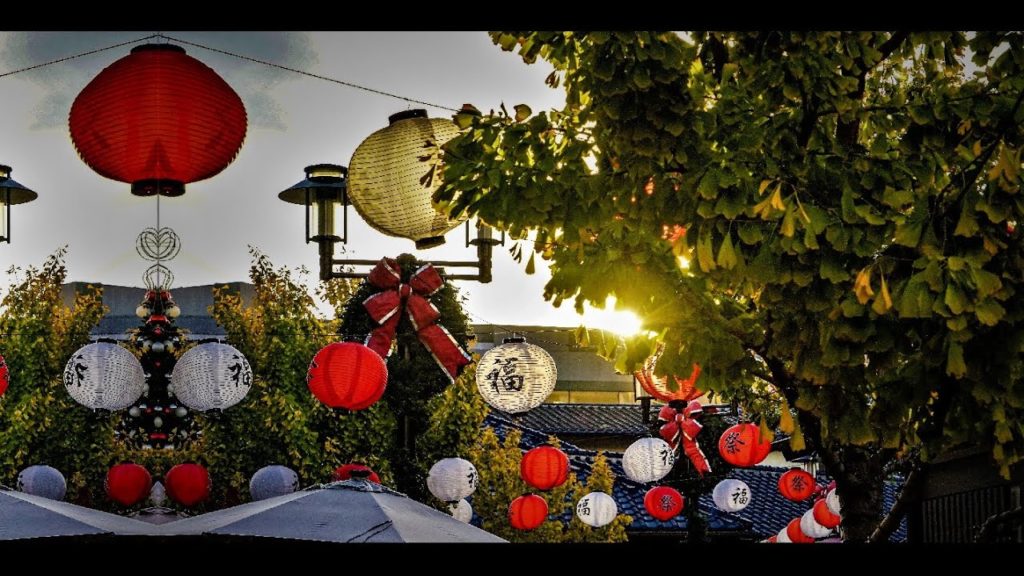Viewers,
I hope you enjoy this tour as much as I do. I am a native, born and raised in this incredible city — full of cultures, vibrant communities, and richness from all walks of life. I don’t live here anymore, but this was once my world, surrounded by such magnitude of energy in this city. I would always walk through this community, Little Tokyo in Downtown Los Angeles. I see many joyful visitors with much enthusiasm for Japanese culture. Little Tokyo is an otherworldly experience in Los Angeles, a little taste of Japanese influence away from the mother country of japan. Little Tokyo is a cultural community with a lot to share — entertainment, sushi, ramen, anime, and many aspects.
Thank you for watching! Enjoy the tour.
Feel free to subscribe and like this video. Drop a comment below!
Looking forward to share my travels with you, friends.
—————————————–
01. TBD
02. TBD
03. TBD
04. TBD
05. TBD
06. TBD
07. TBD
08. TBD
09. TBD
10. TBD
11. TBD
12. TBD
13. TBD
14. TBD
—————————————–
“Little Tokyo is an ethnically Japanese American district in downtown Los Angeles and the heart of the largest Japanese-American population in North America. It is the largest and most populous of only three official Japantowns in the United States, all of which are in California (the other two are Japantown, San Francisco and Japantown, San Jose). Founded around the beginning of the 20th century, the area, sometimes called Lil’ Tokyo, J-Town, 小東京 (Shō-tōkyō), is the cultural center for Japanese Americans in Southern California. It was declared a National Historic Landmark District in 1995.
At its peak, Little Tokyo had approximately 30,000 Japanese Americans living in the area. Little Tokyo is still a cultural focal point for Los Angeles’s Japanese American population.It is mainly a work, cultural, religious, restaurant and shopping district, because Japanese Americans today are likely to live in nearby cities such as Torrance, Gardena, and Monterey Park, as well as the Sawtelle district in the Westside of Los Angeles. However, the recent boom in downtown residential construction is changing the nature of Little Tokyo.
What is left of the original Little Tokyo can be found in roughly five large city blocks. It is bounded on the west by Los Angeles Street, on the east by Alameda Street, on the south by 3rd Street, and on the north by First Street, but also includes a substantial portion of the block north of First and west of Alameda, location of the Japanese American National Museum, the Go For Broke Monument, and a row of historic shops which lines the north side of First Street. A timeline has been set into the concrete in front of these shops, using bronze lettering, showing the history of each of the shops from the early 20th Century until the renovation of the district in the late 1980s. More broadly, Little Tokyo is bordered by the Los Angeles River to the east, downtown Los Angeles to the west, L.A. City Hall and the Parker Center to the north.” — Wikipedia
“Los Angeles is a major city in the U.S. State of California. With a 2020 population of 3,898,747, it is the largest city in the state, the second-largest city in the United States following New York City. Los Angeles is known for its Mediterranean climate, ethnic and cultural diversity, Hollywood film industry, and sprawling metropolitan area.
The city of Los Angeles lies in a basin in Southern California. Adjacent to the Pacific Ocean extending through the Santa Monica Mountains and into the San Fernando Valley it covers about 469 square miles (1,210 km2). It is the seat of Los Angeles County, which is the most populous county in the United States with just over 10 million residents in 2020.
Los Angeles has a diverse economy, and hosts businesses in a broad range of professional and cultural fields. It also has the busiest container port in the Americas. In 2018, the Los Angeles metropolitan area had a gross metropolitan product of over $1.0 trillion, making it the city with the third-largest GDP in the world, after Tokyo and New York City. Los Angeles hosted the 1932 and 1984 Summer Olympics and will host the 2028 Summer Olympics. More recently, statewide droughts in California have further strained both the city’s and Los Angeles County’s water security.” — Wikipedia
————————————–


AloJapan.com